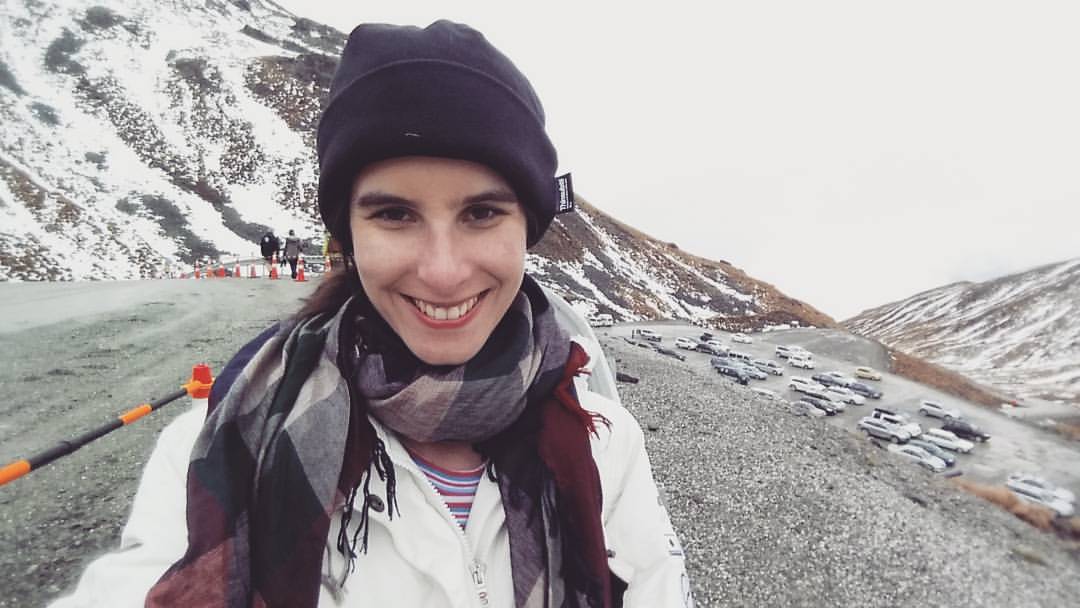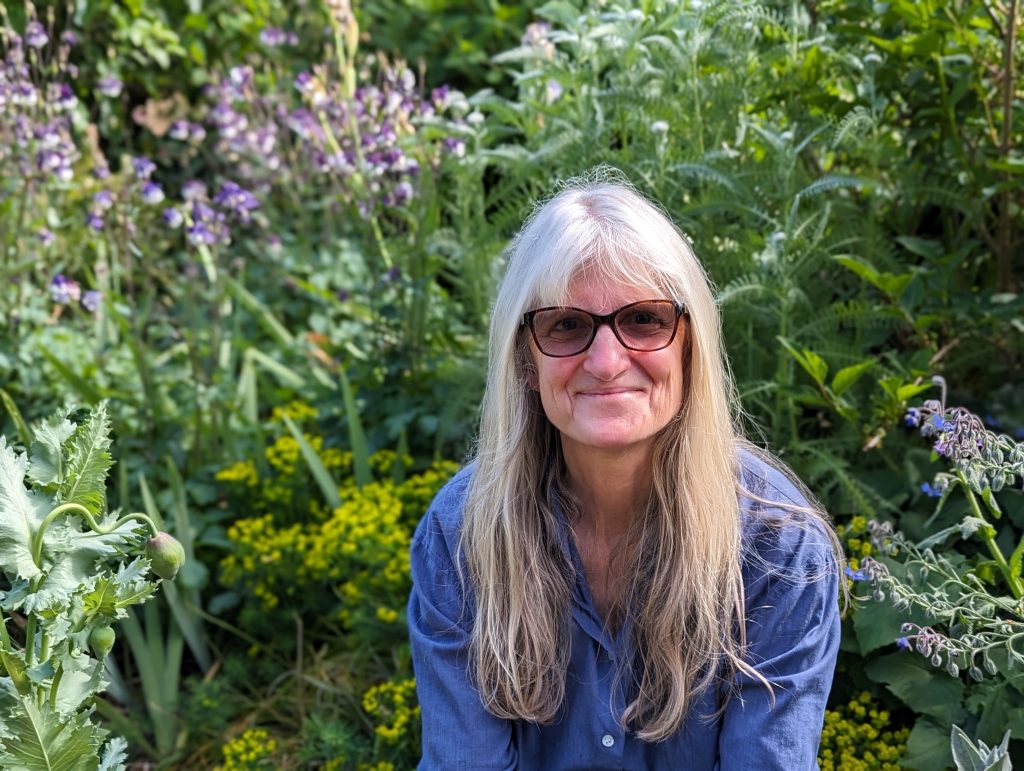Foreword
by Felicity Nelson
I’m a science and medical journalist with Long COVID. I had always thought that if I became seriously ill in a country like Australia, there would be some kind of action plan. Doctors would prescribe medication or refer me to a specialist. There would be a guideline for best practice somewhere, and a few Cochrane reviews synthesising 20 years’ worth of data. I would have options. Everyone would be sympathetic and nice.
It turns out none of those safety nets exist for people with Long COVID.
There was no action plan. Several GPs did not know whether I should continue working or rest. They could not advise on whether I should exercise or not. They could not explain any of my symptoms. There were no specialists to refer me to. The Long COVID clinics were not responding to referrals because they were already overloaded with patients. There were hardly any international studies trialling treatments for Long COVID. People were sympathetic initially and then didn’t really know how to respond or forgot that I was still ill, or over-compensated in weird ways. And, at least in the early days, the Australian media appeared indifferent to the plight of people with this disease.
Until April 2023, there was no new government funding for research into Long COVID. I still do not know anyone with Long COVID in Australia who is enrolled in a study. I’m not, despite being keen. This inaction and complacency was inexcusable considering that Long COVID closely resembles myalgic encephalomyelitis/chronic fatigue syndrome – a condition that has been overlooked for decades despite causing a high burden of illness. So, having realised that my disease was part of a political battle that was yet to be won, I felt angry and ready to act. But advocacy was emotionally exhausting, and I was not quite ready to admit to myself that this wasn’t just a hangover from COVID that I would soon shake. Months and then a full year went by, and I was still not recovering.
And that’s when I heard about this project: a handbook on Long COVID for health professionals and carers.
Reading this handbook, I am hit by wave after wave of relief that finally someone in healthcare gets us. The greatest strengths of this book are the personas, which are rich in detail and explain the complexity and diversity of Long COVID, and how it interacts with pre-existing conditions and circumstances. I really appreciate the effort that the authors have taken to represent diverse communities, including people of different ages, disabilities, sexual orientations, genders, ethnicities, and localities. I like how these personas detail everyday struggles that are often too mundane for doctors or friends to even bother asking about. I also appreciate the open, welcoming tone throughout, and how the book honours the patient experience and perspective. I feel very seen.
Long COVID is so hard to capture, study and explain because of its extreme unpredictability. People with the condition have good days, OK days, and shockers often without warning. Every person with the disease has a different set of over 200 symptoms, and these also change over time. Being fatigued, mentally foggy and in pain stuffs up other parts of your life in strange ways that then collude with your illness to make you sicker. It is bewildering. While there are no medications that cure Long COVID, that does not mean nothing helps.
Having a voice and being heard helps. Sensible handbooks like this one help.

by Wendy Hocking
Filling out the new patient form in the dentist waiting room the other day, I ticked all the boxes about my health: no I don’t have diabetes; nor respiratory issues; no history of stroke, cancer or heart disease; I don’t take any medications; no known allergies; any other serious medical conditions? Does Long COVID meet the criteria of serious? I am a bit anxious – sitting in the dentist’s waiting room will do that to a lot of people. I am also pretty tired. Despite planning for the day, having a good night’s sleep, pacing my activity so I had enough energy to drive to the dentist – I am drained and finding it hard to think clearly.
I have had Long COVID a few years now and most days I understand how it affects me. However, there are still times when it feels like I am walking across shifting sands. Round and around in my head I go – am I tired because I overdid it a few days ago? Are my muscles aching because I have done too much or too little exercise? Is the ringing in my ears a sound outside? Are the soles of my feet burning because I have been walking around without shoes on too much?
As this textbook acknowledges, we simply do not yet have the answers to all the questions Long COVID poses. The authors have expertly and in accessible language outlined what we do know. Yes, post exertional malaise is something people with the condition may experience, as is muscle pain, tinnitus, nerve pain, brain fog and my constant friend fatigue, along with a range of other symptoms. In this way the textbook helps those living with Long COVID place their experiences within frameworks to promote understanding. Most importantly, it takes a further step by providing information based on research to those working with, and caring for people with a range of seemingly unrelated symptoms that fluctuate in intensity and over time.
Not only does the textbook empower through enhancing knowledge of Long COVID, but also by incorporating the voices of those with lived experience. Having this as the core of a body of evidence is an incredible achievement for ordinarily scientifically based medical models of care. The online format is especially relevant so research and experiences can be added as our knowledge expands. For those of us with lived experience, it seems like a continual learning curve, as what was often taken for granted needs to be questioned and tested. This textbook feels like a guidebook that will continue to grow with us.
So back to the dentist’s form… is Long COVID a serious thing? I have had to change a few things in my life since developing it. I moved to a cooler climate as I can’t cope with extreme heat anymore. I changed my career path to a less demanding part-time role to aid in managing both my fatigue and brain fog. I replaced bush walks over rugged terrain with small sewing activities that are less physically demanding. Life is a lot smaller. My trip to the dentist will be all that I can manage today before going home to rest. Social activities that used to be relaxing now need to be carefully planned so that I don’t feel overwhelmed with chatter. This is all serious to me, and so I write Long COVID in the space for serious medical conditions.
I feel better once I have written it. If nothing else, the dentist might read it there on the form and it will provoke a thought either then, or the next time they come across Long COVID. It might prompt them to read an article about the condition next time they see it in the news. They may come across this textbook and decide to delve into understanding more about the condition, or contribute to the body of knowledge that is developing. If nothing else, I have put Long COVID on a piece of paper and it is out in the world. I feel like the butterfly flapping its wings, such a small movement but who knows what the reverberations will be. A small piece of energy returns to me.


